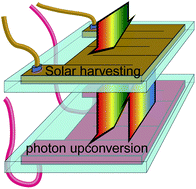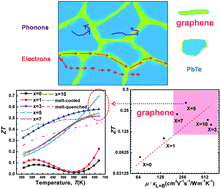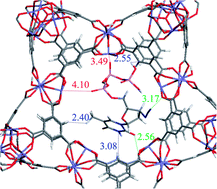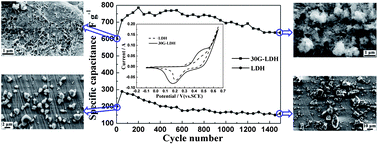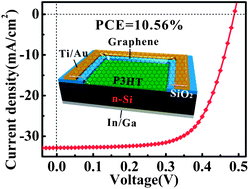 Professor Shizhang Qiao received his PhD degree in chemical engineering from Hong Kong University of Science and Technology in 2000, and is currently a professor (Chair of Nanotechnology) at School of Chemical Engineering of the University of Adelaide, Australia. His research expertise is in nanomaterials and nanoporous materials for drug/gene delivery and new energy technologies. He has co-authored more than 170 papers in refereed journals (6400 citations with h-index 42), including Nature, Nature Communications, JACS, Angew. Chem., Adv. Mater., and has filed several patents on novel nanomaterials that are promising for drug/gene delivery, fuel cells, photocatalysis and lithium ion batteries. He has attracted more than 6.5 million dollars in research grants from industrial partners and Australian Research Council (ARC).
Professor Shizhang Qiao received his PhD degree in chemical engineering from Hong Kong University of Science and Technology in 2000, and is currently a professor (Chair of Nanotechnology) at School of Chemical Engineering of the University of Adelaide, Australia. His research expertise is in nanomaterials and nanoporous materials for drug/gene delivery and new energy technologies. He has co-authored more than 170 papers in refereed journals (6400 citations with h-index 42), including Nature, Nature Communications, JACS, Angew. Chem., Adv. Mater., and has filed several patents on novel nanomaterials that are promising for drug/gene delivery, fuel cells, photocatalysis and lithium ion batteries. He has attracted more than 6.5 million dollars in research grants from industrial partners and Australian Research Council (ARC).
In recognition of his achievements in research, he was honoured with a prestigious ARC Discovery Outstanding Researcher Award (DORA), an Emerging Researcher Award (2013, ENFL Division of the American Chemical Society) and a UQ Foundation Research Excellence Award. He was also awarded an ARC ARF Fellowship, an ARC APD Fellowship and an inaugural UQ Mid-Career Research Fellowship.
Dr Qiao is currently appointed to ARC College of Experts. He has been an Associate Editor of Journal of Materials Chemistry A since June 2013.
His recent papers include:
Functionalized large pore mesoporous silica nanoparticles for gene delivery featuring controlled release and co-delivery
Sandy Budi Hartono, Nghia Truong Phuoc, Meihua Yu, Zhongfan Jia, Michael J. Monteiro, Shizhang Qiao and Chengzhong Yu
J. Mater. Chem. B, 2014, Advance Article
Encapsulation of lipase in mesoporous silica yolk-shell spheres with enhanced enzyme stability
Zheng Yang Zhao, Jian Liu, Mandy Hahn, Shizhang Qiao, Anton P. J. Middelberg and Lizhong He
RSC Adv., 2013, 3, 22008-22013
Mesoporous hybrid material composed of Mn3O4 nanoparticles on nitrogen-doped graphene for highly efficient oxygen reduction reaction
Jingjing Duan, Yao Zheng, Sheng Chen, Youhong Tang, Mietek Jaroniec and Shizhang Qiao
Chem. Commun., 2013, 49, 7705-7707



